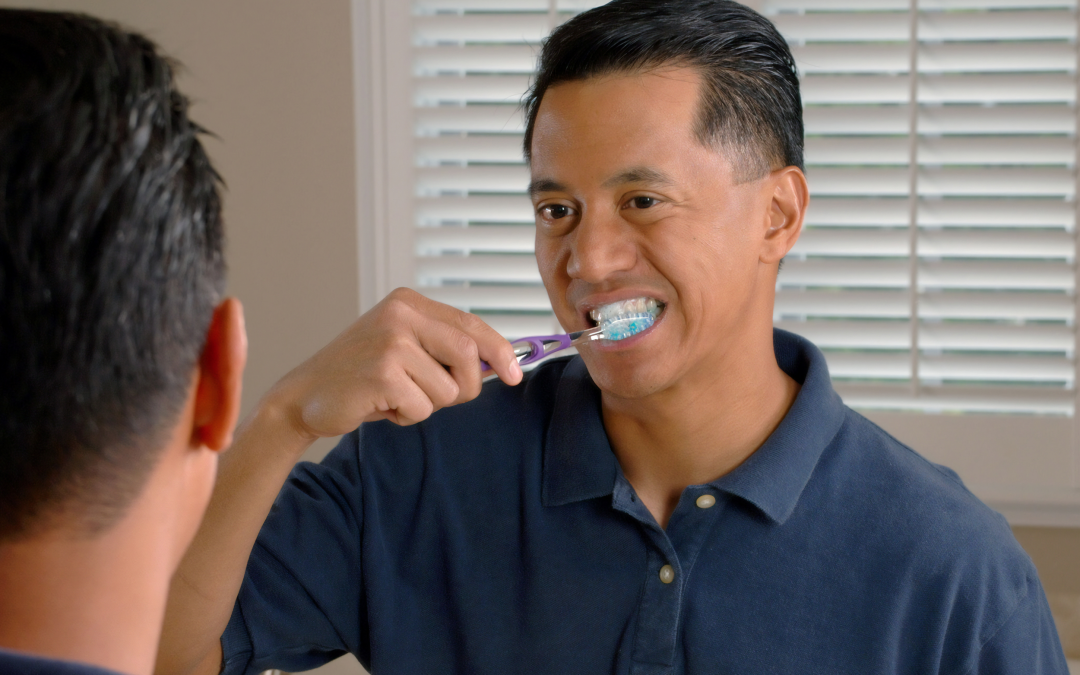Spending your day in the dentist’s chair having plaque scraped from teeth is no fun. While it is necessary to go to your dentist for regular cleanings, there are also some things you can do to prevent plaque build-up before you get to the dentist. Most people would probably rather go this route because it usually means a short and uneventful checkup.
Plaque 101
Plaque is a sticky layer of bacteria and sugars. It forms a film on teeth that makes them feel rough to the tongue. Acids in plaque attack the teeth, which eventually leads to cavities. When plaque forms below the gumline and between teeth, the bacteria may also begin to attack the sensitive tissue of the gums, leading to gum disease. As gums become infected, they pull away from the roots of the teeth and form pockets full of bacteria and pus. This can lead to tooth loss, as well as a number of other serious health problems.
Preventing Plaque Buildup
Although everyone develops plaque, no one has to put up with it on their teeth. Proper brushing and flossing techniques successfully remove most plaque. Since plaque is continually produced from the reactions of bacteria, saliva, and food, brushing and flossing should be done at the beginning of the day and the end, as well as after meals or after consuming drinks or foods high in sugar. In some cases, brushing and flossing within thirty minutes of eating or drinking may harm enamel softened by acid, so it’s best to wait a little while after eating before you brush.
Proper Brushing Technique
The American Dental Association recommends using a soft-bristled toothbrush that is small enough to reach all areas of the mouth. Make sure you’re using a toothpaste that contains fluoride, which strengthens tooth enamel. The bristles should move gently along the gums and teeth at a 45 degree angle in short, circular strokes that cover all the surfaces of each tooth. Brushing the tongue is also recommended to remove excess bacteria.
Proper Flossing Technique
Floss is the most effective tool for fighting plaque. The floss should be guided between teeth with a gentle back and forth motion, following the sides of each tooth all the way up to the point where it meets resistance at the gumline. Although it is best to floss every day, even flossing three or four times each week is helpful in removing some plaque, protecting the gums from disease, and shortening the time in the dental chair.
Even if you follow all these tips for removing plaque, there is still no substitute for a dental checkup and cleaning (recommended every six months). However, if you keep your teeth clean in between checkups, your next dentist visit should be quick and easy. Make an appointment at Roseman Dental for a full check-up from one of our highly qualified and compassionate providers.



